The £3.2 Million Bugatti Tourbillon Is A V16 Salute To Combustion With 1,775bhp

It’s not very often a totally new Bugatti comes along. Anyone that was an impressionable child in the mid-2000s will remember what a seismic moment the arrival of the Veyron was, and the Chiron was just as impressive, especially when it became the first (sort of) production car to smash through the 300mph barrier. Now comes the company’s first all-new model in eight years, and the first full product of its joint venture with Rimac: the Bugatti Tourbillon.
That name breaks the convention used by the Veyron and Chiron, both of which were named after drivers who raced Bugattis in the early 20th century. The name Tourbillon, on the other hand, comes from the world of watchmaking. It’s an intricate mechanism found on some of the most high-end, expensive Swiss mechanical watches. It’s also the French word for ‘whirlwind’, which, as you’ll shortly find out, is an apt name.
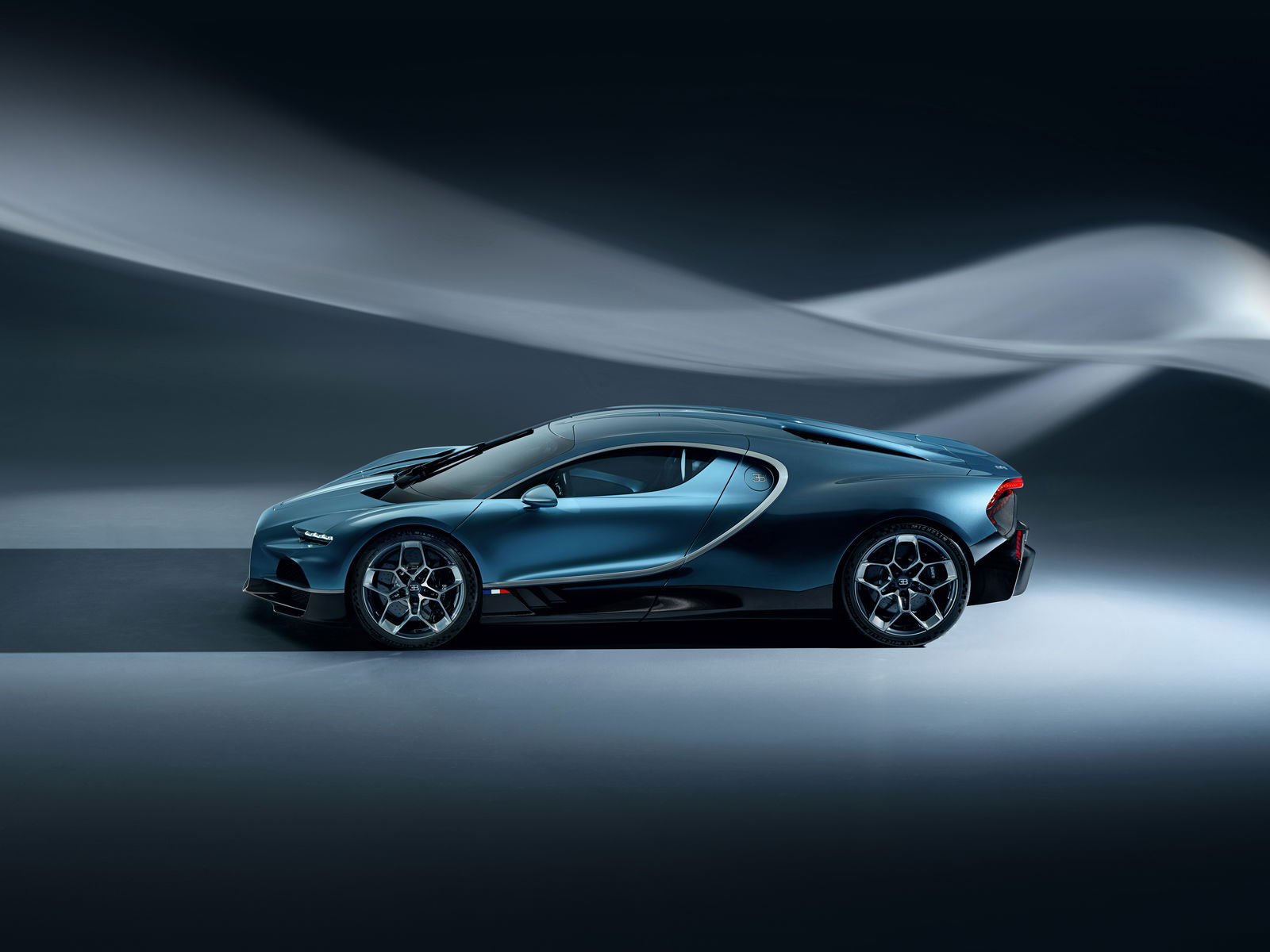
Undoubtedly the centrepiece of the Tourbillon is its powertrain. Gone is the mighty 8.0-litre, quad-turbocharged W16 that’s underpinned all of Bugatti’s 21st century models so far. Has it become a victim of downsizing, though? No chance.
No, taking its place is something that’s not been seen in a road car (or anything, in fact), for a long time: a V16. Displacing 8.3 litres and with a crankshaft that’s a metre long, it’s lost its forced induction. Yep, in the year 2024, this is a brand new, naturally aspirated 16-cylinder road car engine. It’s been developed with input from Cosworth, which also builds the V12s for the Aston Martin Valkyrie and GMA T.50, making Northampton the unlikely hypercar engineering capital of the world.
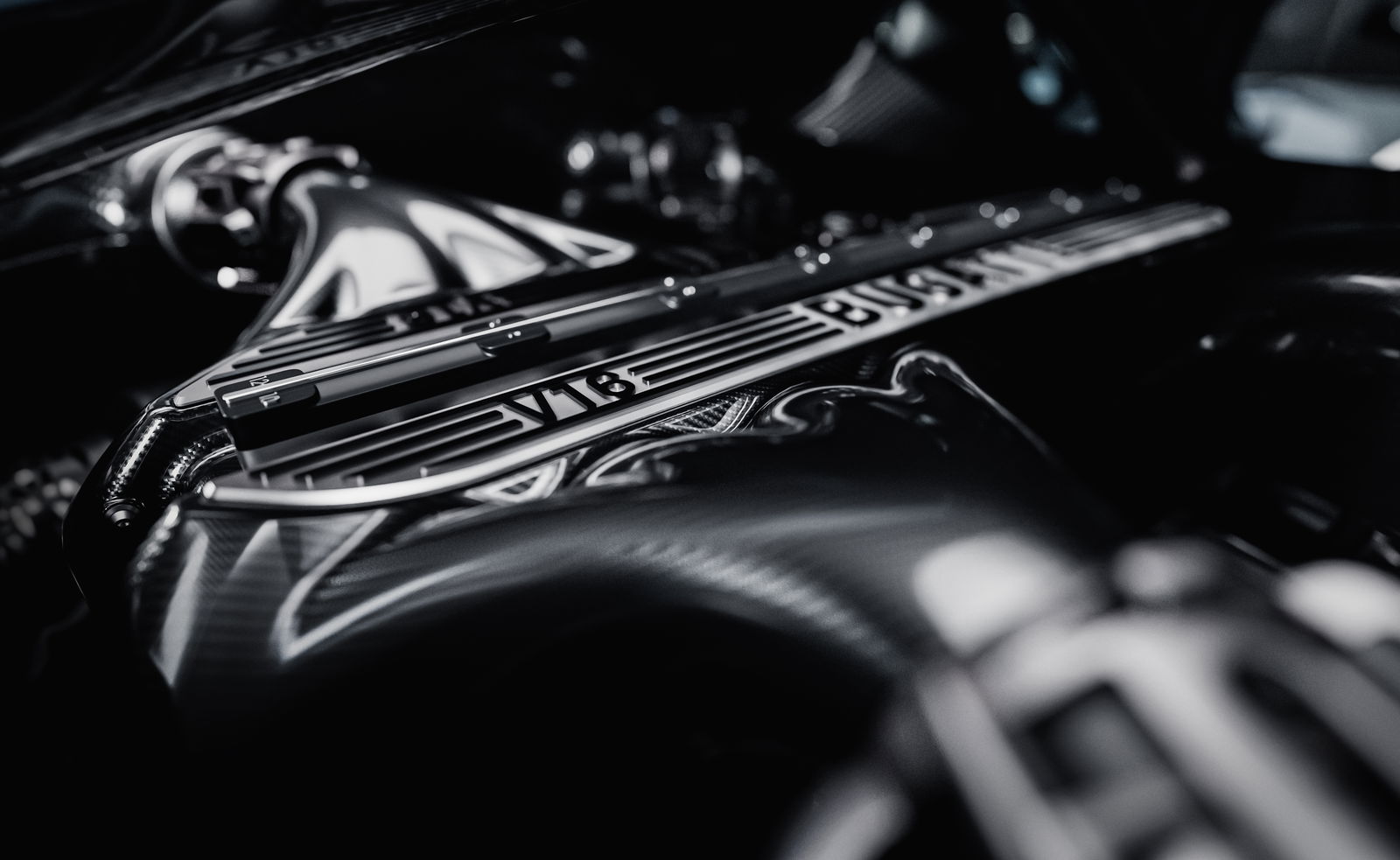
Sitting in the middle of the car and powering the rear axle alone, the engine will scream to 9000rpm, and on its own makes 986bhp – almost the same as the original Veyron. It’s not the whole story, though, because this is Bugatti’s first hybrid. Two electric motors drive the front axle, making it four-wheel drive, and a third motor augments the engine at the rear wheels.
Powered by a 25kWh battery housed along the chassis’ centre, these motors make 789bhp on their own, and provide a quoted all-electric range of 37 miles. Everything’s driven through an eight-speed dual-clutch transmission, and the grand total the powertrain makes is 1775bhp.
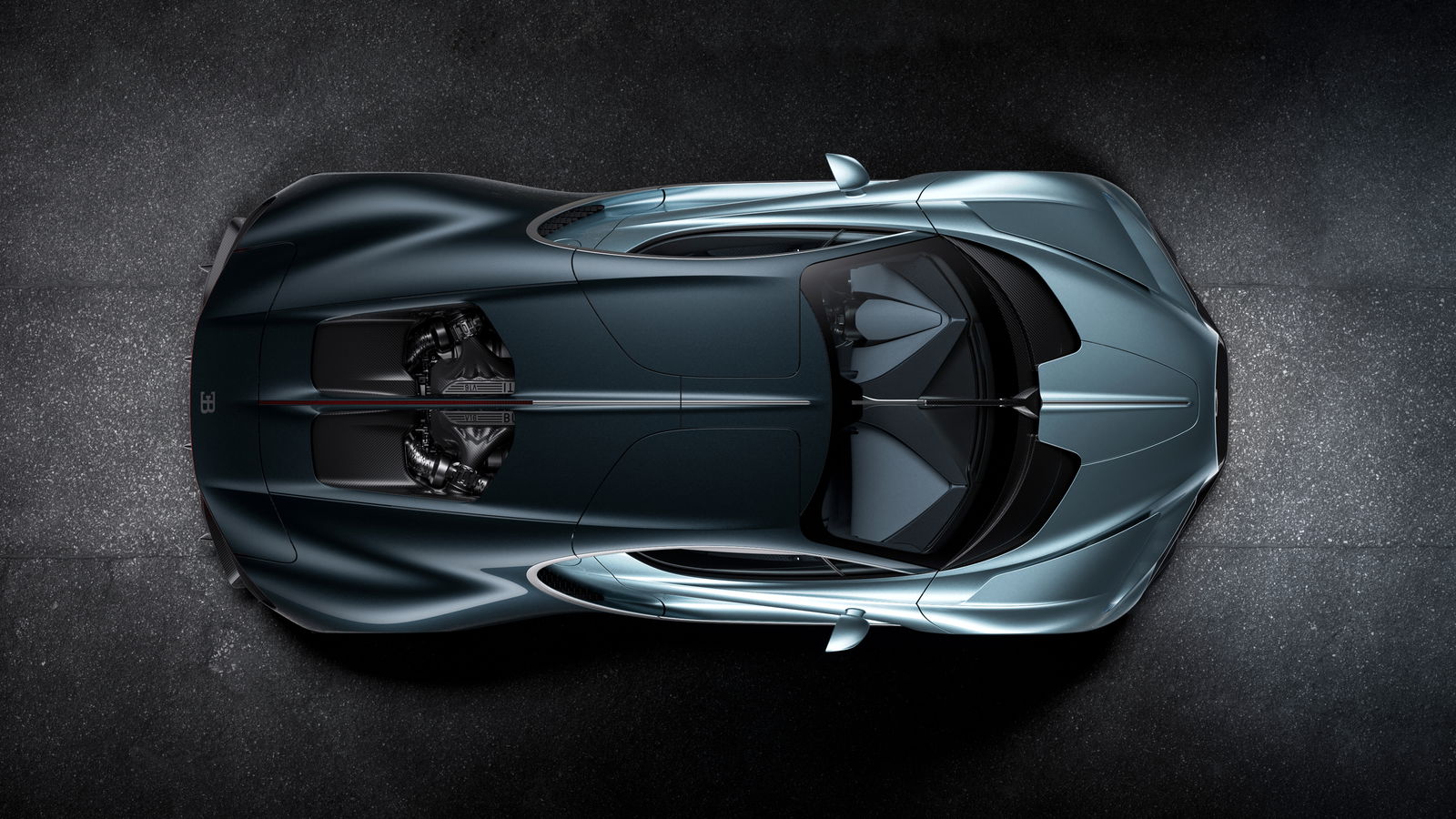
All this means it'll hit a maximum speed of 277mph. This is from a company which, a few years ago, said it was done chasing outright speed. Hmmm. 0-62mph will apparently happen in under two seconds. That's officially Really Very Quick.
The all-new chassis is made from a carbon composite, and integrates things like the battery and system of air ducts into the structure, reducing mass. The Tourbillon has all-round multilink aluminium suspension and carbon ceramic brakes, the latter actuated by a new brake-by-wire system that allows the physical brakes to better blend with the motors’ regen. It wears Tourbillon-specific Michelin Pilot Cup Sport 2 rubber.
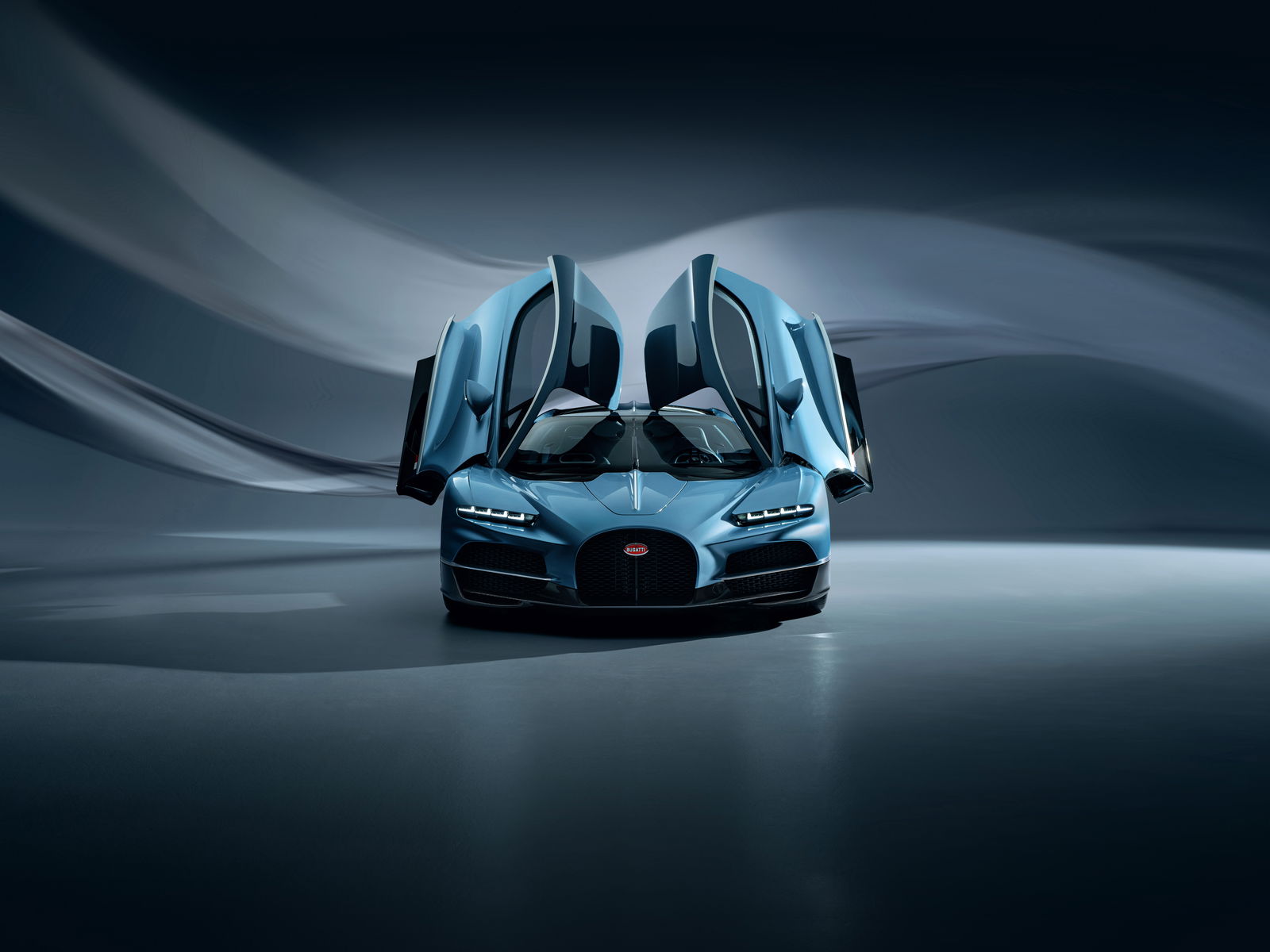
All the visual Bugatti hallmarks are there: the horseshoe grille (now wider and lower), the big C-shaped swoosh that delineates the car’s two-tone colour scheme, and the visual spine running the length of the car. Everything’s lower and more hunkered down than it has been in the past, though.
According to Bugatti’s design director, Frank Heyl, the company’s looked back to the rakish Type 57SC Atlantic of the 1930s, where the ‘S’ stood for ‘surbaissé’ – lower. A first for a modern Bugatti are the vast, electrically-powered butterfly doors, which can be opened remotely for an extra bit of theatre.
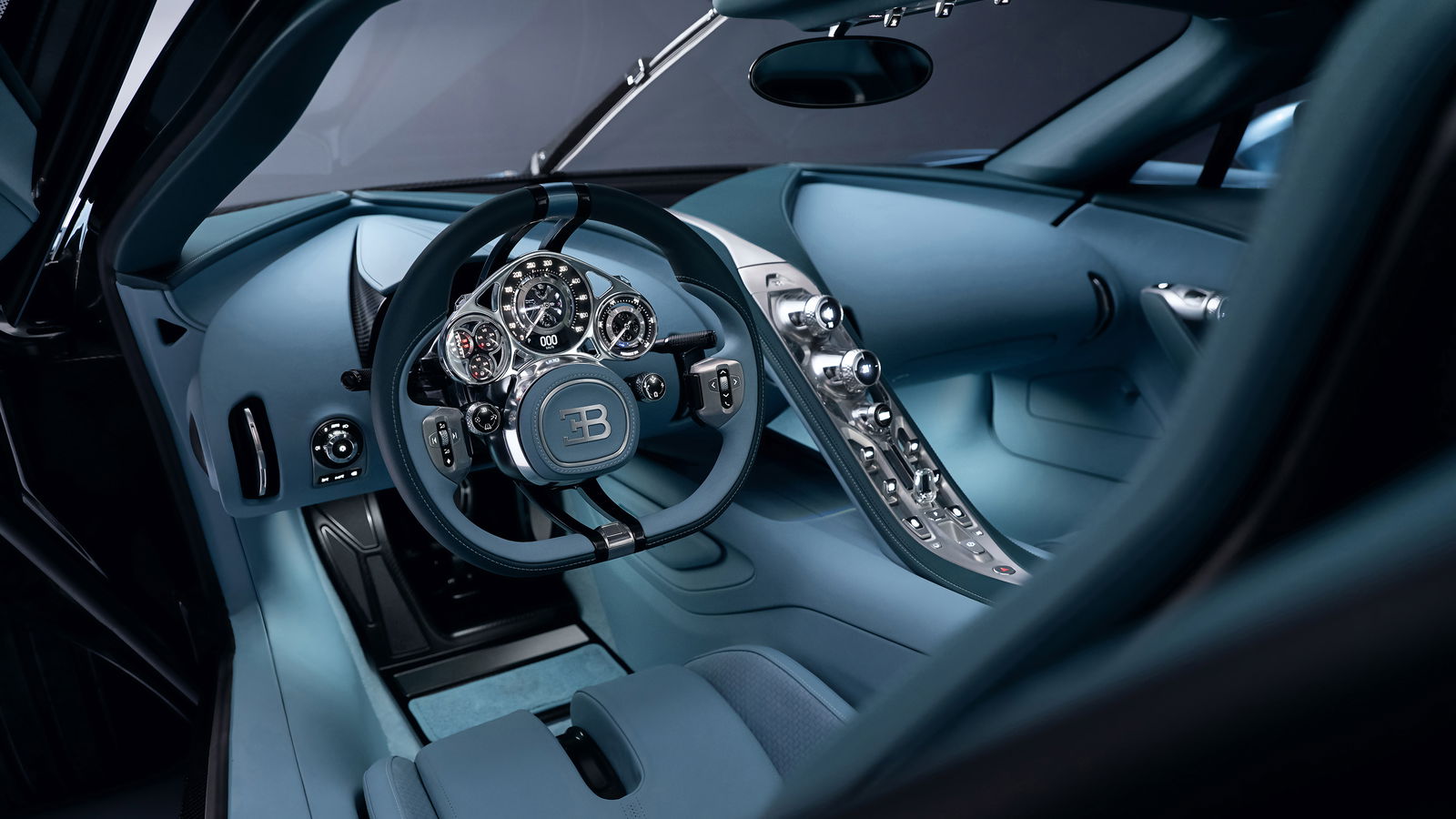
The interior is, unsurprisingly, utterly beautiful. Bugatti has resisted the urge to fill it with screens – it has only one, hidden away until it’s requested, when it sprouts forth from the dash on an intricate mechanism.
The dials are all analogue, and, sticking with the theme of the Tourbillon’s name, have been made with the input of actual Swiss watchmakers. The cluster is made from over 600 parts, incorporating titanium and actual gemstones like sapphires and rubies. It’s all viewed through a fixed-hub steering wheel, which would have been more impressive if the Citroen C4 hadn’t done it 20 years ago.
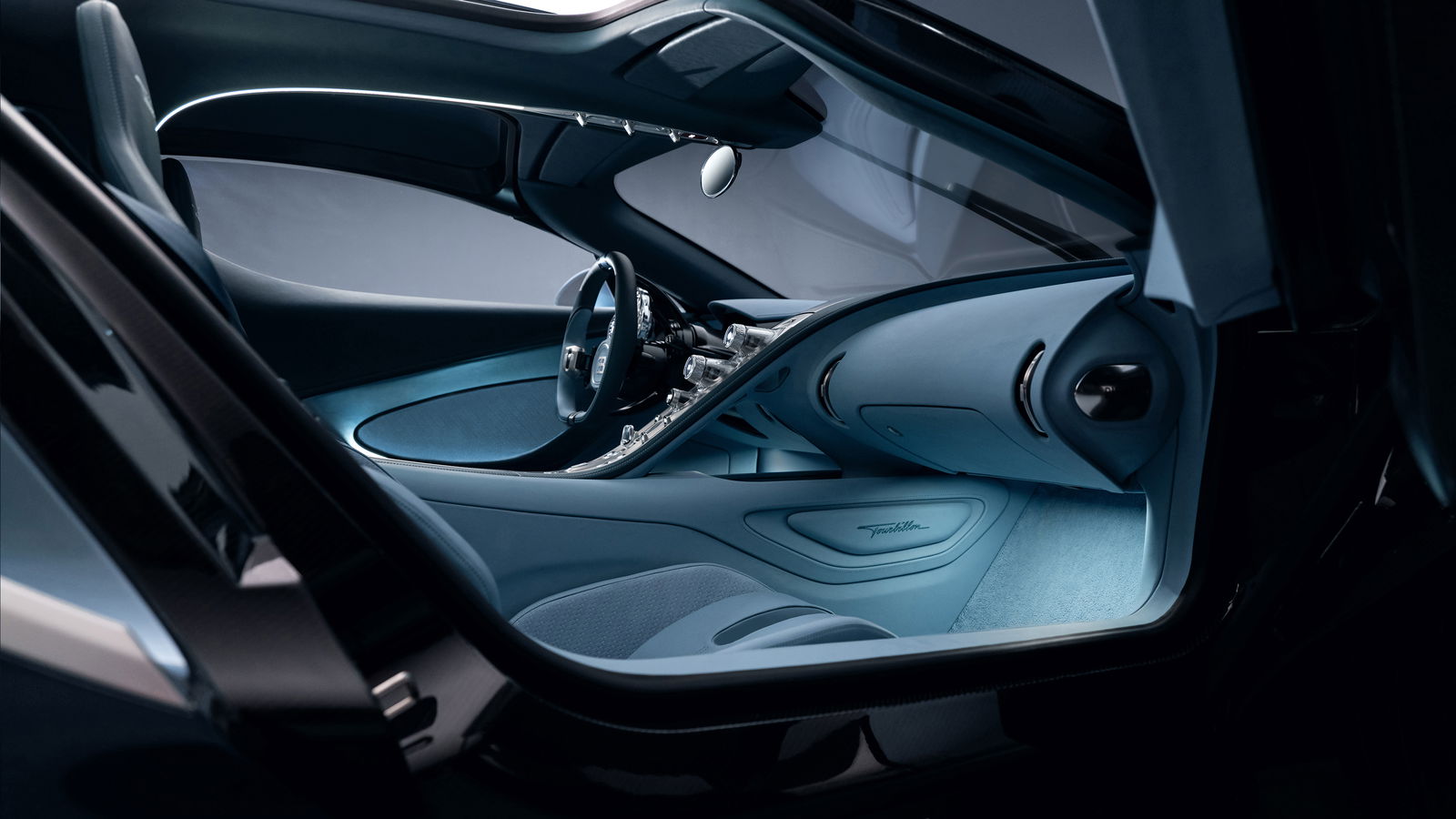
The centre console, meanwhile, is made from a combination of aluminium and crystal glass, with Bugatti continuing to mill all the aluminium parts from a single block. The seats are fixed to the floor, allowing them to be lower and lighter – it’s the pedal box that adjusts instead, sliding back and forth electronically.
Bugatti CEO Mate Rimac said: “It is crazy to build a new V16 engine, to integrate with a new battery pack and electric motors and to have a real Swiss-made watchmaker instrument cluster and 3D-printed suspension parts and a crystal glass centre console. But it is what Ettore [Bugatti] would have done, and it is what makes a Bugatti incomparable and timeless.”
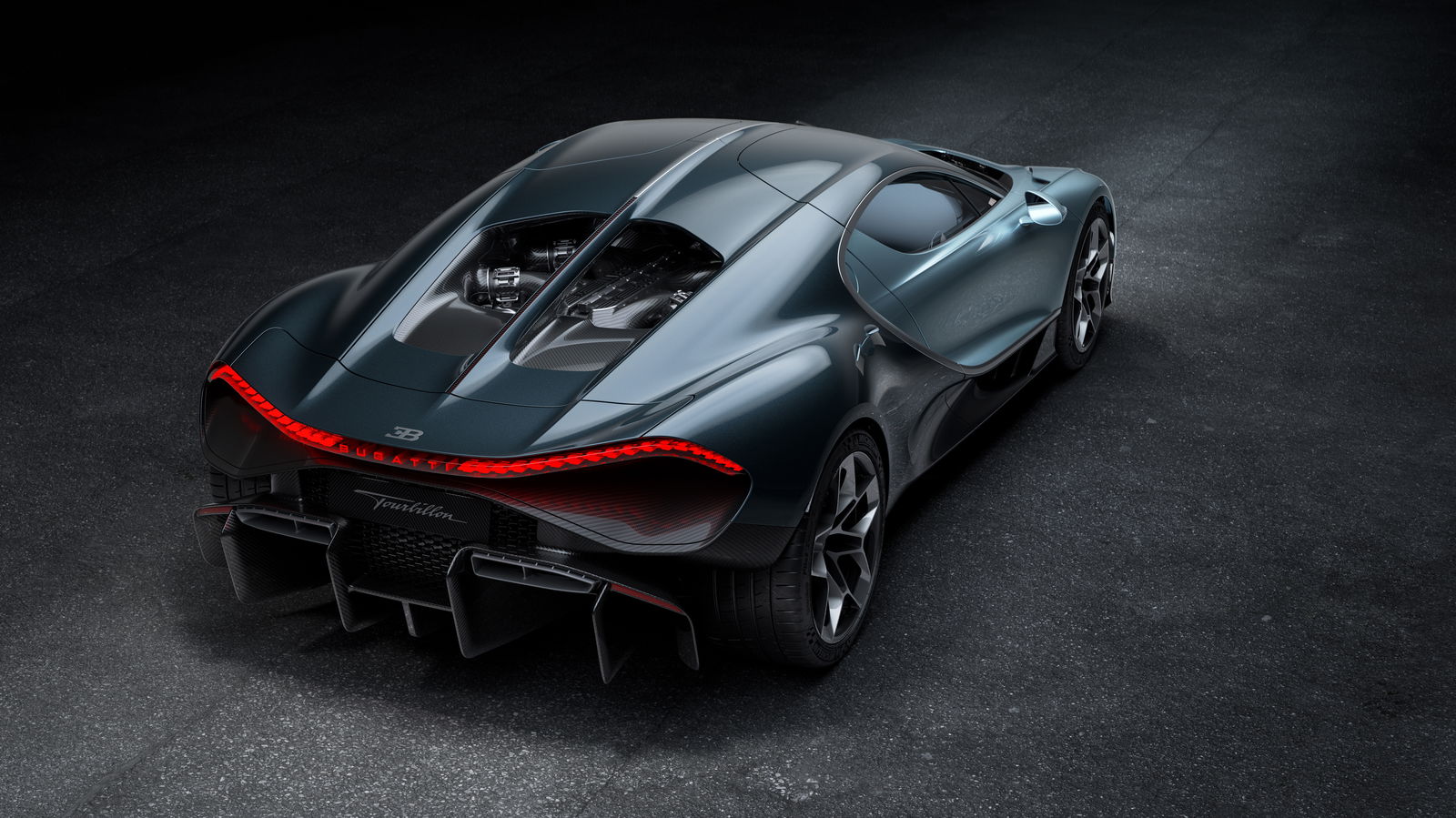
Once the last of Bugatti’s W16-powered models – the Mistral roadster and Bolide track car – have ended production at its Molsheim, France headquarters, they’ll make way for the Tourbillon, with first customer deliveries expected in 2026. The price? €3.8 million, or around £3.2 million, before taxes. Still, as we said – a brand-new Bugatti is a very rare thing.
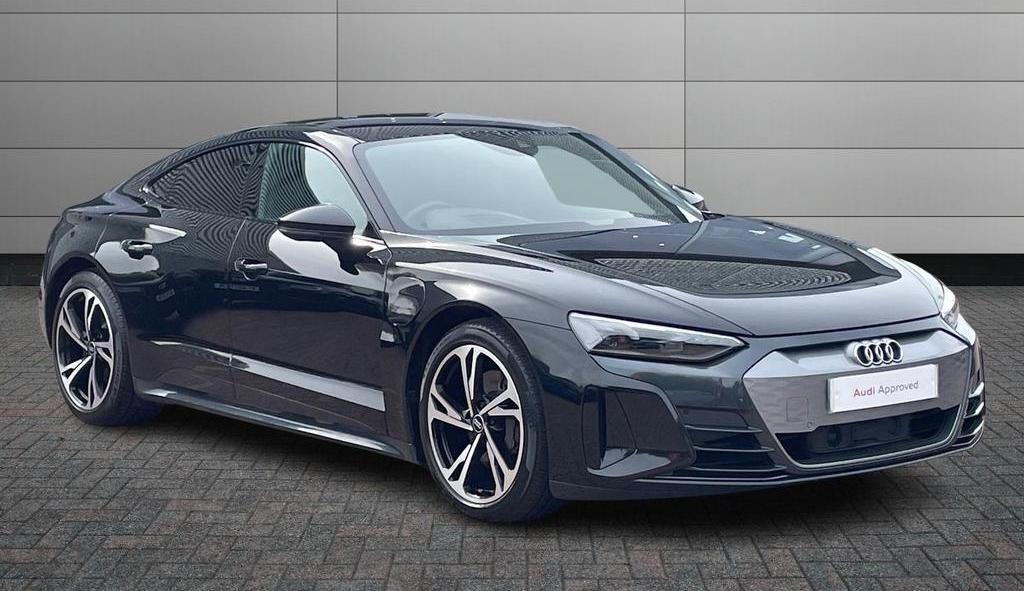
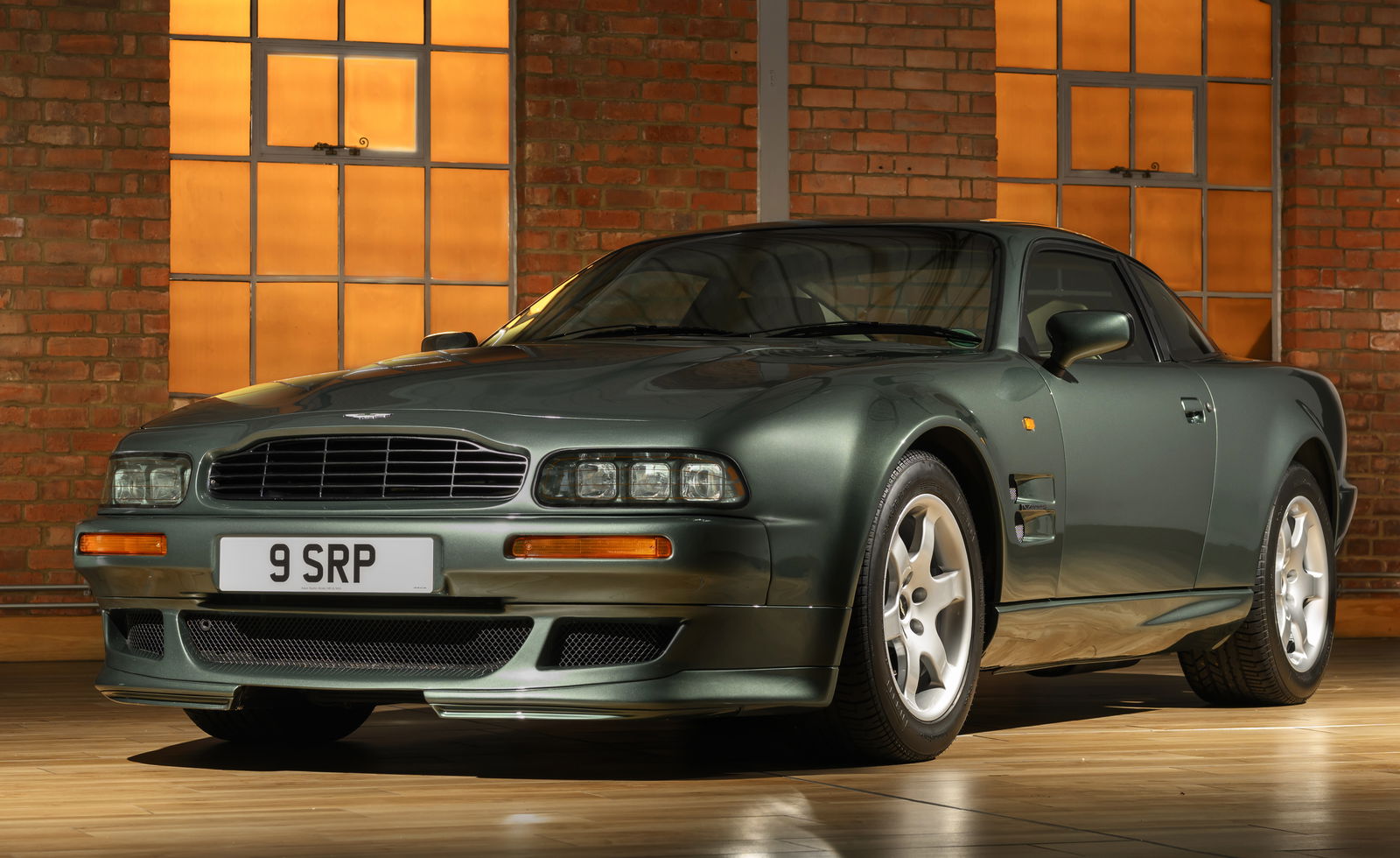

Comments